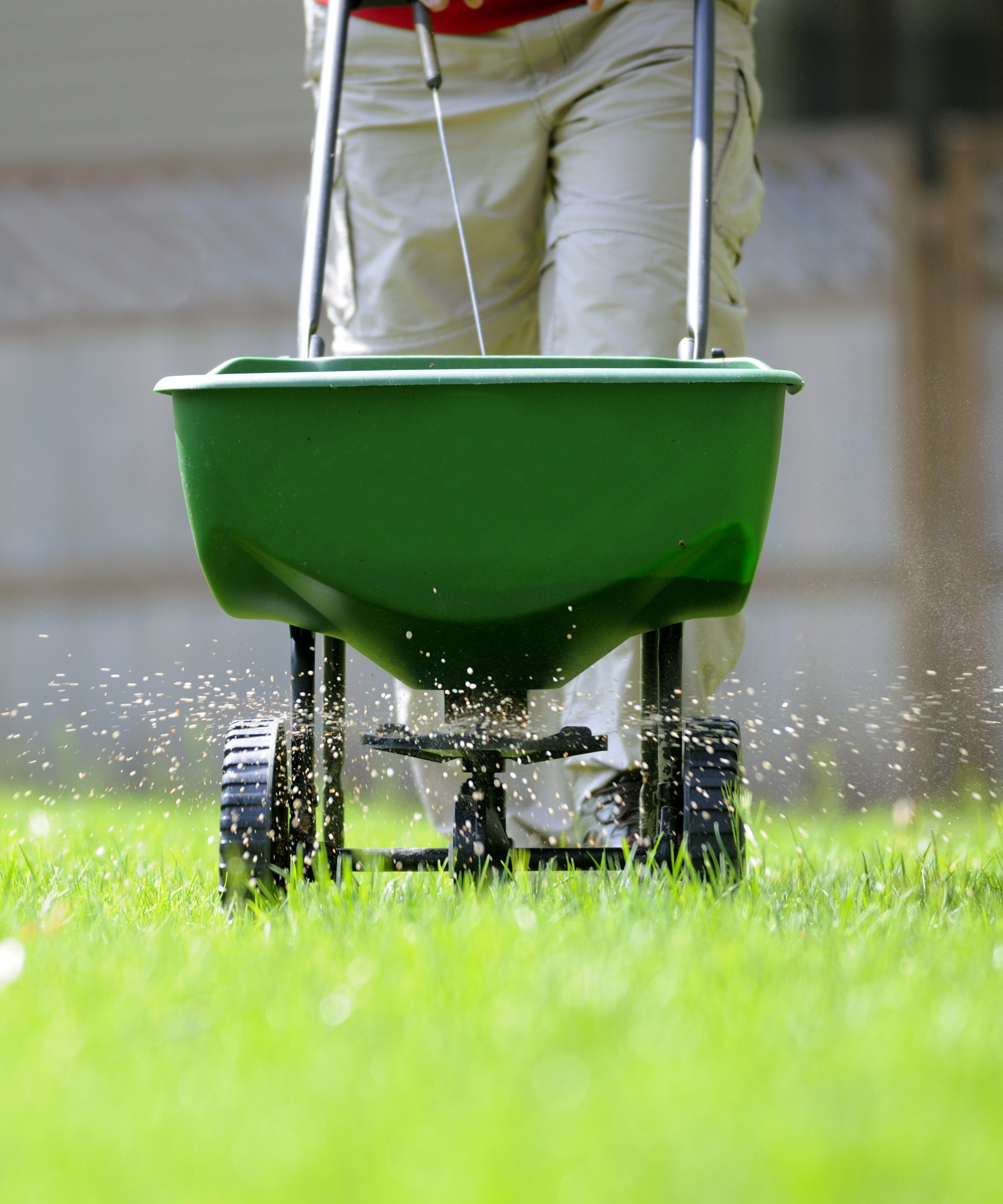
Using lawn sand can benefit any grass provided it is applied at the right time of year and spread correctly. Knowing when to apply lawn sand is key to ensuring it works effectively and avoids causing any damage to your grass.
Many homeowners may wonder what they will benefit from putting sand on a lawn. Sand can improve drainage, level uneven areas, and enhance soil structure, giving you a thicker and healthier lawn. Lawn sand needs to be applied during the active growing season, though there are specific weather conditions in which it is preferable to apply lawn sand.
Lawn sand was a product I used on lawns when working in public gardens, particularly when looking after a bowling green in one garden. I spread sand as part of lawn care for years and have spoken to two turf experts to reveal when to apply lawn sand to help you have a healthy and beautiful lawn.

Using lawn sand aids grass, but must be timed correctly
Adding sand offers several benefits to help to make a lawn green and thick. It improves soil health and structure and boosts drainage - offering a way to help fix a waterlogged lawn. Lawn sand also helps level a lawn, get rid of moss in lawns, and green up the grass.
In the same way as it is important to pick the ideal time to fertilize a lawn to keep it healthy, some times of year are better than others for applying lawn sand.
When to apply lawn sand - expert tips

The ideal time to apply lawn sand is in spring or fall, and Chrissie Handley, lawn care specialist at Online Turf, claims this is because ‘the soil is warm and loose enough that the sand can penetrate it easily’ at those times of the year.
You should only need to apply lawn sand once a year. Mark Marino, the owner and operator of Lawn Phix in Massachusetts, adds it is vital to only apply lawn sand ‘during the growing season’ as it ‘ensures the lawn recovers quickly’.
While you can apply lawn sand in spring or fall, I always completed the task in spring during my years of looking after lawns. It was part of the spring lawn care regime, with other annual turf maintenance tasks like aeration, scarification, and overseeding.
It is a job to do after the risk of frost has passed and when the lawn starts actively growing again in spring. It is preferable to spread lawn sand after aerating and scarifying, plus adding sand after overseeding a lawn can help improve the germination levels.
Mark Marino warns: ‘Avoid applying during stressful times, and lightly water afterwards to help the sand settle into the soil.’
Such stressful times to avoid include spreading during freezing conditions in winter while the grass is dormant and not applying lawn sand in the hot summer months - as it can be a lawn care mistake and cause leaf scorch.
Even in the ideal windows during spring and fall, there are preferable weather conditions in which to apply lawn sand. Picking the ideal time to apply lawn sand helps make the process more efficient and mitigates the risks of any issues that can arise.
It includes not spreading in heavy rain that can wash away the sand. The ideal conditions would be to apply lawn sand on a dry day, with rain predicted in the next 24-48 hours. If there is no rain in the following days after applying lawn sand, water the lawn using a hose or sprinkler system to settle the sand into the soil.
Also, when considering when to apply lawn sand, always avoid windy weather as this can cause the product to drift onto plants in flower beds, patios, or garden ponds.
This mini broadcast spreader can hold up to 5,000 sq. ft. of product and has simple controls that allow for accurate and even coverage of fertilizer, seed, ice melt, or lawn sand
This lawn levelling rake is ideal for spreading sand, topsoil, or compost around the lawn evenly or filling in low spots on a lawn.
These Moss Out! granules with 10% iron will eliminate moss and weeds and turn lawns a deep green. Suitable for lawns of all sizes, it kills moss instantly and the results can be seen in hours.
FAQs
Can you put too much lawn sand on a lawn?
Too much lawn sand will damage a lawn as the iron sulphate it contains can burn grass when over-applied. Always apply lawn sand at the recommended rates to avoid using too much and damaging a lawn.
After deciding when to apply lawn sand, it is beneficial to mow the lawn in spring at least three days beforehand and avoid cutting the grass for four days afterwards. This gives the product time to dissolve and work effectively, mowing sooner would see you suck the lawn sand out of the grass before it has time to make any difference to your grass.







